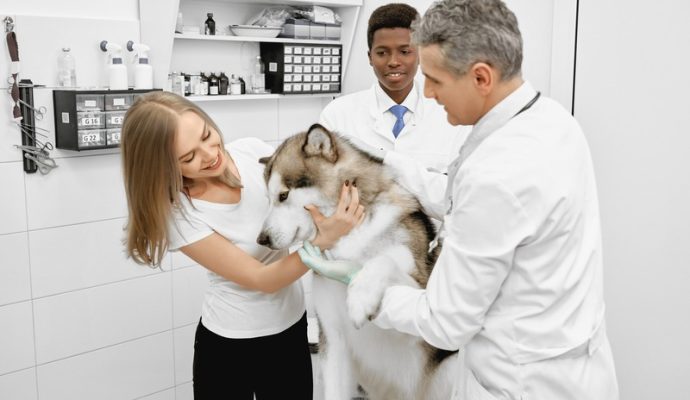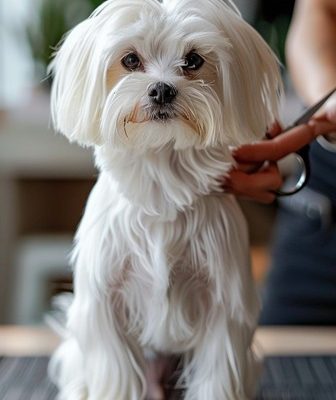The improving number of pet owners has multiplied the demand for veterinary medical equipment. Vet treatments use clinical technology for surgical and restorative treatments, analysis tracking, and general pet treatment enhancement. At the same time, they are used to strengthen partnerships with patients during regular checkups. A new veterinarian clinic should equip its center with the following major pieces of veterinary devices.
Animal Health Medical Equipment
Like professionals in any other area, veterinarians require specific items or devices before they can open for service and start treating pets. Veterinary medical centers have special needs for their facilities. Below, we will undergo everything a pet hospital needs and the most often-used tools in mixed-animal vet facilities.
Digital X-Ray Machines
Rather than needing film and darkroom processing, the veterinarian might obtain a crisp photo of the muscles, bones, and internal organs using digital radiology or radiography (DR). The capacity to zoom in and out and focus on specific elements of these digital photos considerably enhances their diagnostic value.
The pet will be permitted to recuperate at home instead of being positioned on a table for assessment. Further veterinary appointments may be acquired by sharing these photographs with others. The use of digital radiography systems is becoming more common in vet hospitals across the globe. Visit a radiology page on your vet’s website to learn more.
Veterinary Ultrasounds
Real-time ultrasound tools with an exterior camera have become commonly accessible with the growth of new ultrasound technology. These machines minimize the period of tests while giving a more comprehensive and detailed sight of the body’s systems. Sonographers might also have a real-time view of these images because of telemedicine advances. With today’s portable ultrasound scanners, you can examine a pet’s health in real-time, no matter where it takes place.
CT Scanners
There are several applications for CT scanners in pet hospitals. When aiding in identifying cancers and other medical concerns, the scanners may be utilized to keep tabs on a patient’s development as treatment is administered. Because it produces a three-dimensional photo of the pet’s body, a CT scanner also supplies a more comprehensive understanding of the impacted region. Since this is the case, it takes less time to produce a diagnostic, and issues might be located and addressed quicker.
Anesthetic Machine
The anesthetic machine or equipment aims to maintain the pet sedated and pain-free throughout surgical treatment by generating and merging medicinal gasses with anesthesia. Under general anesthesia, oxygen is the main gas used. By sticking to rigorous criteria and keeping close tabs on the patient’s vitals, a veterinary surgeon may utilize anesthetic equipment to lessen the risk to the animal.
Exam and Procedure Tables
There should be an examination table in each treatment room for the veterinarian to use while looking into the animal patients. Examination tables come in various designs and materials to meet the specific requirements of your medical center. You might choose from the following alternatives:
- Electric and hydraulic tables
- Lift tables
- V-top tables
The top of these examination tables is versatile, allowing you to personalize it to the demands of your pet patient and the examination room. These are not your ordinary dining room tables; they are made to tolerate many cleanings and sanitation. You can find special treatment for your pets at vets in Greensboro NC; they also have complete devices to treat your pets.



